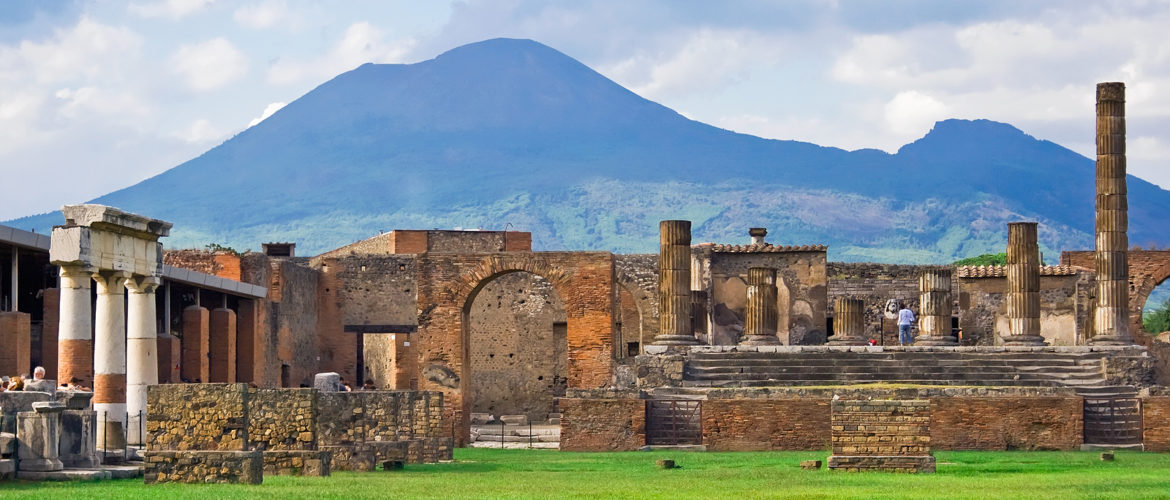Pompeii Archaeological Park to Restrict the Number of Visitors

A UNESCO World Heritage Site, Pompeii Archaeological Park has announced its plans to restrict the number of visitors. Starting from November, 20,000 people per day will be allowed to visit the territory. To compare, in October 2024, 36,000 people were admitted to the site. However, open-air museum representatives say that daily attendance in off-peak months is much lower.
The decision aims to reduce the physical impact of tourism on the well-preserved but nevertheless fragile ancient city. A daily cap is an alternative to the strategy employed by Venice that charges visitors €5 for a day pass in an attempt to reduce the negative impact of mass tourism.
Why Is Pompeii Archaeological Park So Popular?
The number of visitors who want to see Pompeii Archaeological Park has been steadily high for many years. The site attracts people from all around the world with its well-preserved architecture, impressive frescos, and human casts – bodies petrified during the eruption of Vesuvius in AD79. The infamous volcano eruption was devastating and left the city in ruins, yet it also created a protective layer that kept the architecture and artifacts almost intact. As such, the city gives a rare glimpse of how affluent ancient Romans lived, what they ate and drank, and how they spent their time.
It is unlikely that the restrictions will create significant barriers for tourists to attend Pompeii. Besides, there are also alternative options available for those willing to avoid the crows or unable to plan the visit in advance. For example, the neighboring Herculaneum’s Archaeological Museum features a precious collection of relics collected during the excavations of this small city, which was also destroyed by the eruption.
An Unknown Side of Pompeii
Pompeii is one of the rare archaeological sites of such grand popularity, which continues to hide many secrets. Some of the artifacts are exhibited in the Louvre and other prominent museums. Only recently, a new fresco depicting Greek mythical characters, including Helen of Troy and Apollo, was discovered at the site. Such artworks are not uncommon in Pompeii, which had many lavish villas built for wealthy Romans.
According to scientists, almost a third of the site is yet to be excavated. The process is extremely expensive and requires specialized knowledge and technology. Archeologists hope that in the following decades, technological advances will help them perform the work with less risk to the precious objects still hidden underground.
